I'm reading a book on memory as a programming concept. In one of the later chapters, the author makes heavy use of the word arena, but never defines it. I've searched for the meaning of the word and how it relates to memory, and found nothing. Here are a few contexts in which the author uses the term:
"The next example of serialization incorporates a strategy called memory allocation from a specific arena."
"...this is useful when dealing with memory leaks or when allocating from a specific arena."
"...if we want to deallocate the memory then we will deallocate the whole arena."
The author uses the term over 100 times in one chapter. The only definition in the glossary is:
allocation from arena - Technique of allocating an arena first and then managing the allocation/deallocation within the arena by the program itself (rather then by the process memory manager); used for compaction and serialization of complex data structures and objects, or for managing memory in safety-critical and /or fault-tolerant systems.
Can anyone define arena for me given these contexts?
